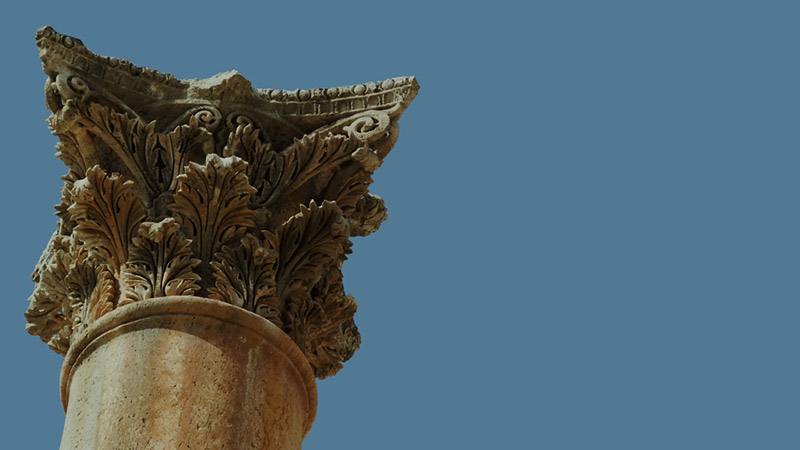More Results
Showing 12 of 166
Encyclopedia

Arad Temple
The Temple CourtsThe remains of Israel's first temple lie buried beneath the present-day Temple Mount. But at Tel Arad, a city located in the Negev, archaeologists discovered the remains of a temple modeled after Jerusalem's First Temple.Although ...
MORE
Be Salt
Salt was very valuable during Jesus' day. It aided in the preservation of meat and enhanced the taste of food. But another less commonly known use of salt plays a key role in our understanding of what it means to be "salt" on our world.D...
MORE
Beelzebub
Who is Beelzebub?Baal-Zebul was the god of the Philistines; the name means "Exalted Baal" or "Prince Baal."In the Greek language of the New Testament, the name becomes Beelzebub. Jesus used the name Beelzebub for Satan, the pri...
MORE
Belvoir Fortress
The fortress of Belvior has both an outer fortification and an inner castle. A moat, hewn out of the same bedrock quarried to build the castle, encircles the structure on three sides. Towers stood in each corner and in the center of the outer wall...
MORE
Building a Typical Galilean Home
The typical Galilean house was built of basalt (dark volcanic rock) with the stones carefully squared or "dressed" by a stonemason (sometimes translated as "carpenter").A wooden scaffold is used in the building process. Smaller...
MORE
Cisterns
What was "Cistern Water"In Israel, the rainy season is only five months long, stretching from November through March. Since fresh springs like those at En Gedi are rare, most ancient cities, towns, and even households used cisterns to ca...
MOREGlossary

Apostles Definition
The leaders that Jesus chose to bring his message to the world. Jesus first chose 12 men and then later Paul and some others became apostles.
MORE
Atrium Definition
Court of a Roman house, roofed at the sides and open in the middle; also the entrance to a Byzantine church.
MORE
Cistern Definition
Because water in Israel is hard to come by, most ancient cities, towns, and even households used cisterns to catch and store rain runoff from rooftops, courtyards, and even streets.Cisterns were dug by hand out of solid rock and were plastered so ...
MORE




















